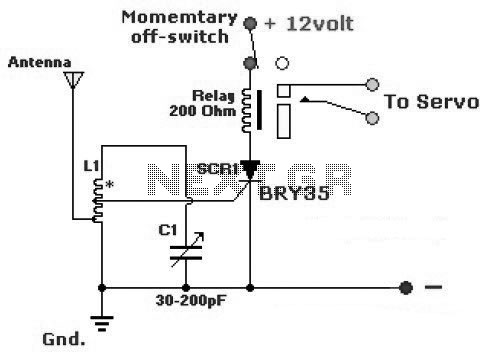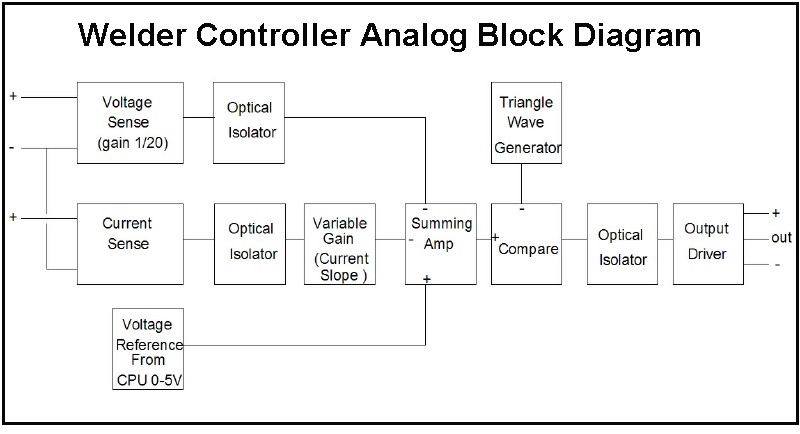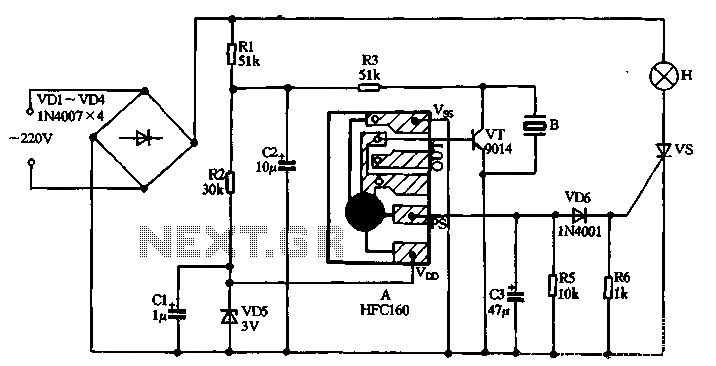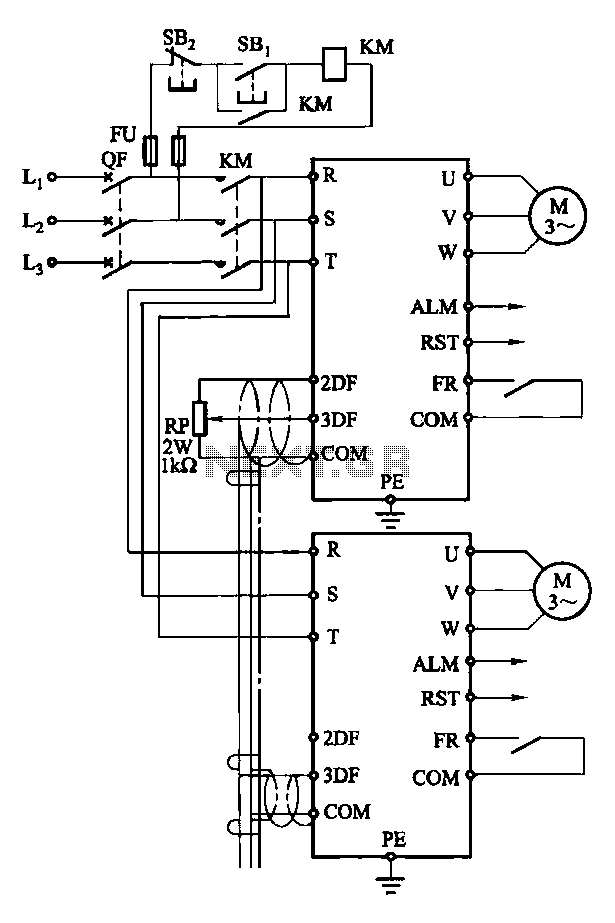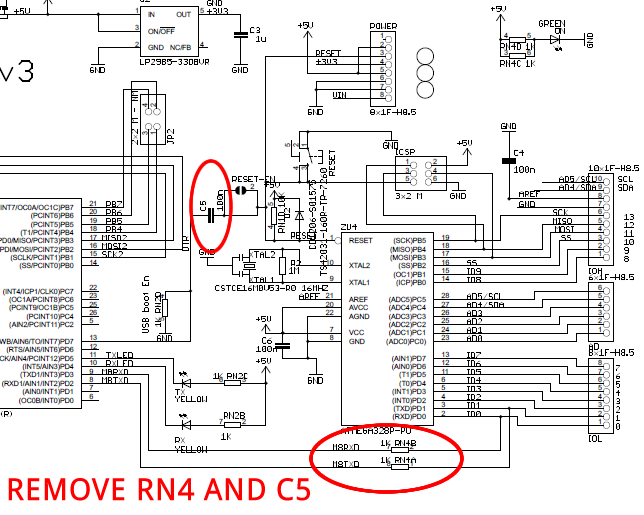
arduino based remote control for electric door

A replacement remote control system for an electric garage door was constructed after the original remote failed multiple times. Although the old remote could have been repaired, it was 35 years old and not particularly enjoyable to use.
The replacement remote control system for the electric garage door consists of a transmitter and a receiver, designed to communicate wirelessly. The transmitter is equipped with a microcontroller that generates a unique code each time the button is pressed, ensuring secure access to the garage. This code is transmitted via radio frequency (RF) to the receiver unit, which is connected to the garage door opener.
The receiver includes a decoder circuit that interprets the incoming RF signals. When the correct code is received, the decoder activates a relay that controls the garage door motor. The circuit is powered by a regulated power supply, which can be sourced from the garage's existing electrical system or from a dedicated battery pack to ensure reliable operation.
To enhance functionality, the system may incorporate additional features such as a rolling code mechanism to prevent unauthorized access, LED indicators to signal transmission status, and a learning function that allows the receiver to accept new transmitter codes. The components are housed in a weather-resistant enclosure to protect against environmental factors, ensuring durability and longevity.
Overall, the design of this replacement remote control system emphasizes reliability, security, and ease of use, providing an effective solution for controlling an electric garage door.I recently built a replacement remote control system for an electric garage door after the old remote had given up for the babillionth time. I`m sure the old one would have been possible to repair once again but it was 35 years old and not much fun.
Old receiver and transmitter Pictures from left to.. 🔗 External reference
The replacement remote control system for the electric garage door consists of a transmitter and a receiver, designed to communicate wirelessly. The transmitter is equipped with a microcontroller that generates a unique code each time the button is pressed, ensuring secure access to the garage. This code is transmitted via radio frequency (RF) to the receiver unit, which is connected to the garage door opener.
The receiver includes a decoder circuit that interprets the incoming RF signals. When the correct code is received, the decoder activates a relay that controls the garage door motor. The circuit is powered by a regulated power supply, which can be sourced from the garage's existing electrical system or from a dedicated battery pack to ensure reliable operation.
To enhance functionality, the system may incorporate additional features such as a rolling code mechanism to prevent unauthorized access, LED indicators to signal transmission status, and a learning function that allows the receiver to accept new transmitter codes. The components are housed in a weather-resistant enclosure to protect against environmental factors, ensuring durability and longevity.
Overall, the design of this replacement remote control system emphasizes reliability, security, and ease of use, providing an effective solution for controlling an electric garage door.I recently built a replacement remote control system for an electric garage door after the old remote had given up for the babillionth time. I`m sure the old one would have been possible to repair once again but it was 35 years old and not much fun.
Old receiver and transmitter Pictures from left to.. 🔗 External reference
